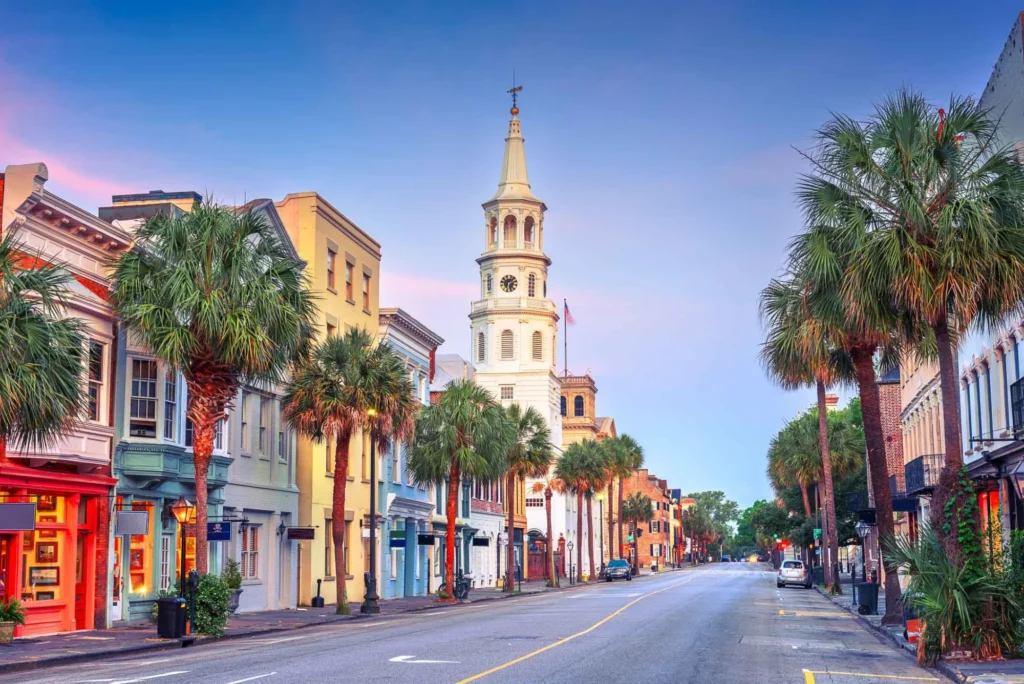
Wasp Control in Charleston, SC
Charleston, South Carolina’s coastal charm—live oaks, marsh breezes, and long porch seasons—also creates prime nesting conditions for wasps and yellowjackets. Warm, humid weather and lush Lowcountry landscaping invite colonies to build in roof eaves, porch rafters, shrubs, play sets, sheds, and even wall voids. Stings are painful and can be dangerous for anyone sensitive to venom, which makes quick, professional action essential. If you’re seeing steady flight traffic, hearing a low hum near soffits, or noticing papery nest material around your home in Downtown Charleston, West Ashley, Mount Pleasant, Daniel Island, James Island, Johns Island, North Charleston, Hanahan, Goose Creek, Summerville, or the barrier islands (Folly Beach, Sullivan’s Island, Isle of Palms), it’s time to act.
All U Need Pest Control offers Wasp Control in Charleston, SC that’s fast, discreet, and designed for Lowcountry homes. We combine careful inspection with safe nest removal, targeted treatments, and prevention strategies tuned to Charleston’s climate, architecture, and neighborhoods—so you can enjoy your porch evenings and backyard gatherings without worry. With more than two decades of coastal pest expertise, clear communication, and a satisfaction-first approach, we resolve today’s problem and reduce tomorrow’s risk. Call 1 (888) 239-BUGS to get started. Our motto is simple: “If they’re not dead, we’re not done!”
Pest Control Services in Charleston, SC
- Ant Control
- Bed Bug Control
- Beetle Control
- Cockroach Control
- Flea Control
- Home General Pest Control
- Hornet Control
- Millipede Control
- Mosquito Control
- Pantry Pest Control
- Rat & Rodent Control
- Scorpion Control
- Silverfish Control
- Spider Control
- Stink Bug Control
- Termite Control
- Tick Control
- Winter Control
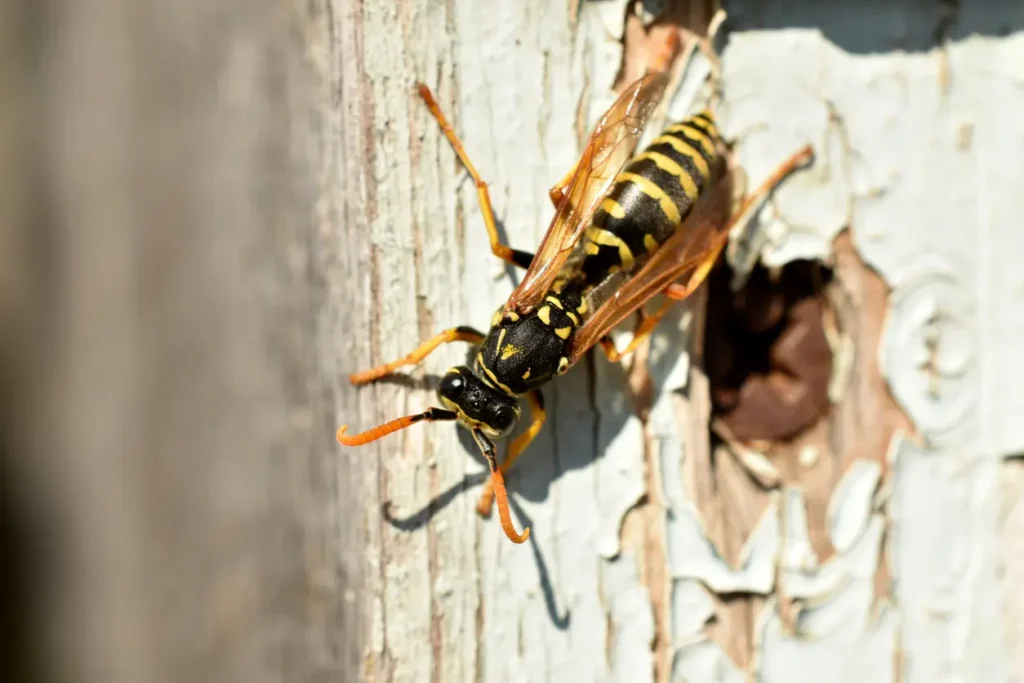
How To Get Rid of Wasps in Charleston, SC
In the Lowcountry, spring growth and summer thunderstorms create sheltered pockets perfect for nesting. Afternoon sea breezes calm in the evening, which allows wasps to build undisturbed in quiet corners—porch ceilings, soffit gaps, pergolas, fence posts, and dense shrubs like ligustrum and viburnum. DIY sprays may seem tempting, but a single misstep can trigger defensive swarms. The safest, most reliable path is a professional, species-aware plan that eliminates the colony and prevents re-nesting.
Our Charleston process combines comprehensive inspection, safe nest removal, targeted control, and exclusion. Homes here often feature raised foundations and ventilated crawl spaces; decorative lattice and complex rooflines create hidden voids where paper wasps and yellowjackets anchor combs. Thick plantings—azaleas, sago palms, jasmine on trellises—can conceal aerial nests. We address both the colony you can see and the conditions that attracted it.
- We time service when activity is lowest (dawn/dusk) to maximize safety and capture more foragers in the nest.
- We neutralize the colony before detaching and removing the nest—preventing dispersal into new voids.
- We apply precise residual protection at anchor points and ingress gaps to discourage immediate rebuilding.
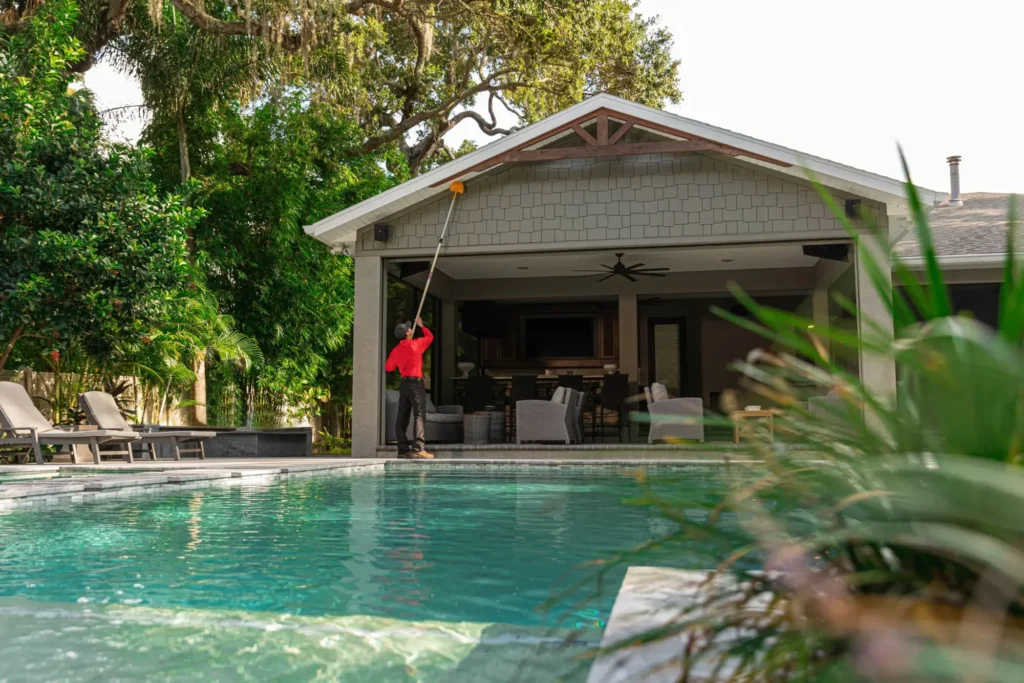
Wasp Treatment in Charleston, SC
Every home is different—historic single house on the Peninsula, ranch on Johns Island, or townhome on Daniel Island—so we tailor your plan to your structure and neighborhood microclimate.
Inspection
We map flight paths and pressure points, checking eaves, soffits, porch rafters, attic gable vents, fence lines, sheds, play sets, hollow tree cavities, shrub canopies, meter boxes, and cable/utility penetrations. In older homes, tiny wood gaps and trim joints can hide expanding colonies; we pinpoint these risks before they escalate. You’ll get a clear action plan with photos and prioritized steps.
Nest Removal
Nest removal is specialized work. Using professional PPE and application tools, we neutralize the colony and remove the nest fully, bagging and disposing of materials securely. For aerial nests (bald-faced hornets) and structural-void nests (yellowjackets entering fascia or siding gaps), we follow procedures that ensure complete colony collapse rather than pushing insects deeper into walls or ceilings.
Targeted Treatments
We place professional-grade formulations exactly where wasps travel—nest envelopes, primary ingress points, soffit seams, and landing zones around pergolas, play sets, and porch beams. Products and placement are chosen to be family- and pet-conscious while delivering lasting protection. After coastal rain events or king tides, we revisit exterior anchor points prone to re-nesting.
Exclusion
Prevention is half the battle. We seal or screen gaps that serve as on-ramps to voids, install pest-rated mesh on attic and gable vents (maintaining airflow), and close small fascia and soffit gaps. For raised homes, we recommend crawl-space door improvements and lattice upgrades that preserve ventilation while removing easy anchor sites. We’ll also advise on landscape spacing and pruning to increase visibility and airflow around eaves and outdoor living areas.
Integrated Pest Management (IPM)
We wrap treatment and exclusion into a broader IPM program: monitor after storms, track flight activity, and adjust recommendations seasonally. IPM matches Charleston’s rhythms—rapid vegetation growth, long warm periods, and heavy summer rains—so your protection is ongoing, not one-and-done.
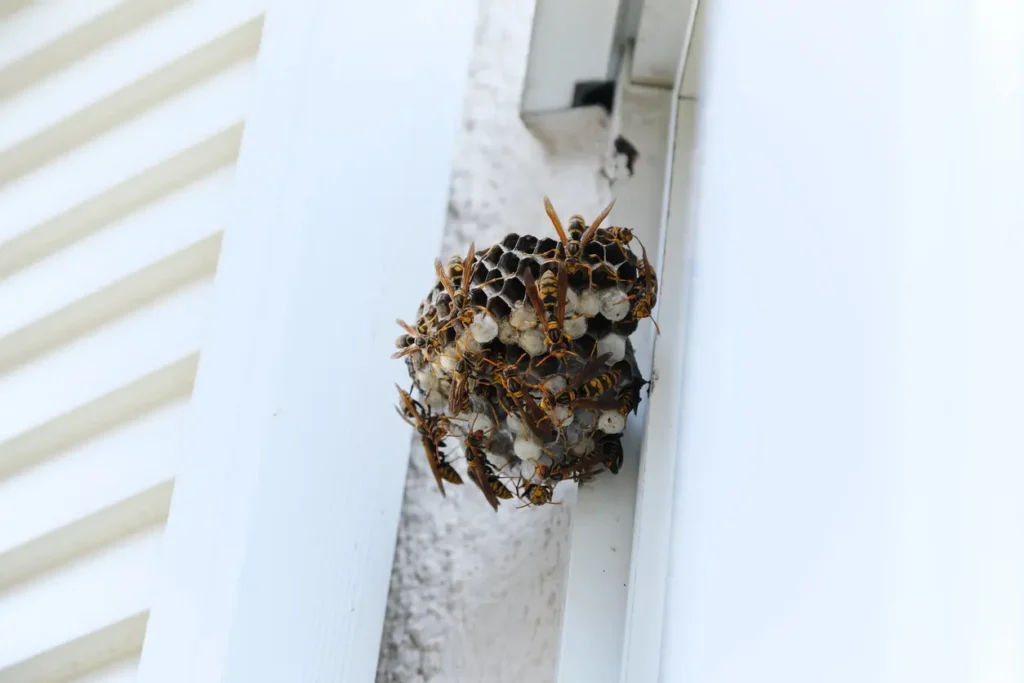
Signs of a Wasp Infestation in Charleston, SC
Early detection prevents painful encounters. Persistent flight to the same point on your home—eaves, soffits, porch ceilings, attic vents—usually indicates a nearby nest. A papery, umbrella-style comb under a porch ceiling suggests paper wasps; a rounded, gray “football” tucked into branches points to bald-faced hornets. Yellowjackets often prefer voids: watch for insects disappearing into a pinhole in siding, masonry weep holes, or fascia gaps, then reappearing seconds later.
Increased Wasp Activity
It’s normal to see a wasp or two in spring. Regular traffic—patrolling outdoor kitchens, hovering near recycling bins, or circling the same soffit edge—signals colony growth. In neighborhoods with dense tree canopy—Wagener Terrace, Riverland Terrace, parts of Mount Pleasant—hidden aerial nests can expand quickly behind leafy screens.
A Visible Nest on Your Property
Paper wasp nests are open combs with hexagonal cells; bald-faced hornet nests are enclosed with a single entrance. Yellowjacket nests may be underground or inside walls; often the only sign is heavy traffic to a small opening. Never plug an active entrance; pressure can push insects into living spaces.
Wasps Inside Your Home
Regular indoor sightings (especially near skylights or windows on upper floors) often mean a void nest or a gap at soffits or gable ends. Wasps may wander inside while foraging for proteins and sweets or while seeking cooler air. Professional inspection identifies the entrance and resolves the source—not just the stray flyers.
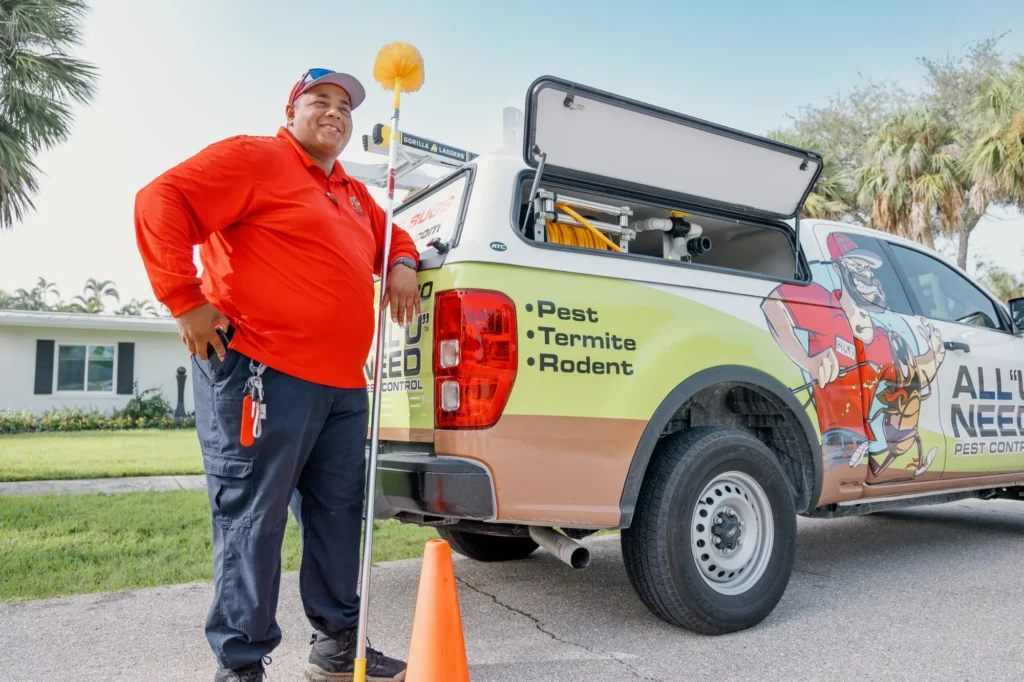
How To Check for Wasps
Observe from a distance and choose cooler times of day when flight is limited. Move slowly and note patterns rather than chasing individual insects.
- Watch for repeated entry into a specific gap, soffit edge, porch beam, or vine-covered wall.
- Scan shrubs, small trees, pergolas, and play sets for papery structures.
- Listen for faint buzzing in wall or ceiling cavities, especially near porch roofs and bonus-room dormers.
If you suspect a nest in a void or high up on a structure, do not spray or seal it yourself. A partial treatment can scatter the colony into attics or interior spaces. We’ll neutralize the colony first, then complete repairs or screening as needed.
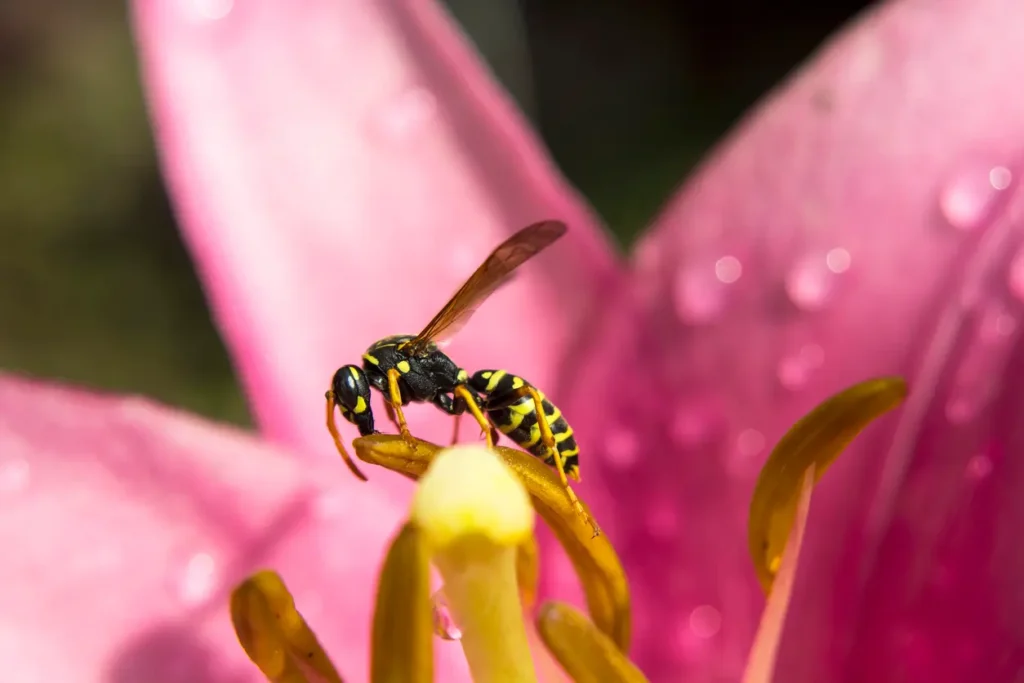
What Do Wasps Look Like in Charleston, SC?
Charleston hosts several wasp and hornet species. Correct ID influences the safest removal method and the best way to prevent re-nesting.
Paper Wasps
Slender, long-legged insects with tan/brown to black bodies and yellow or reddish markings. They hang their legs in flight and build umbrella-shaped open combs on protected horizontal surfaces—porch ceilings, beam undersides, and eaves. They are less defensive than yellowjackets but will sting if the nest is disturbed.
Yellowjackets
Stockier black-and-yellow wasps that nest underground, in landscape edges, or in structural voids. They are highly defensive and capable of multiple stings. In older buildings and pier-and-beam homes, they often exploit small cracks at fascia or sill lines to build hidden nests.
Bald-Faced Hornets
Large black wasps with white facial markings that create gray, football-shaped aerial nests in trees, on structures, and sometimes under porch overhangs. Colonies grow through summer and become very defensive as they mature.
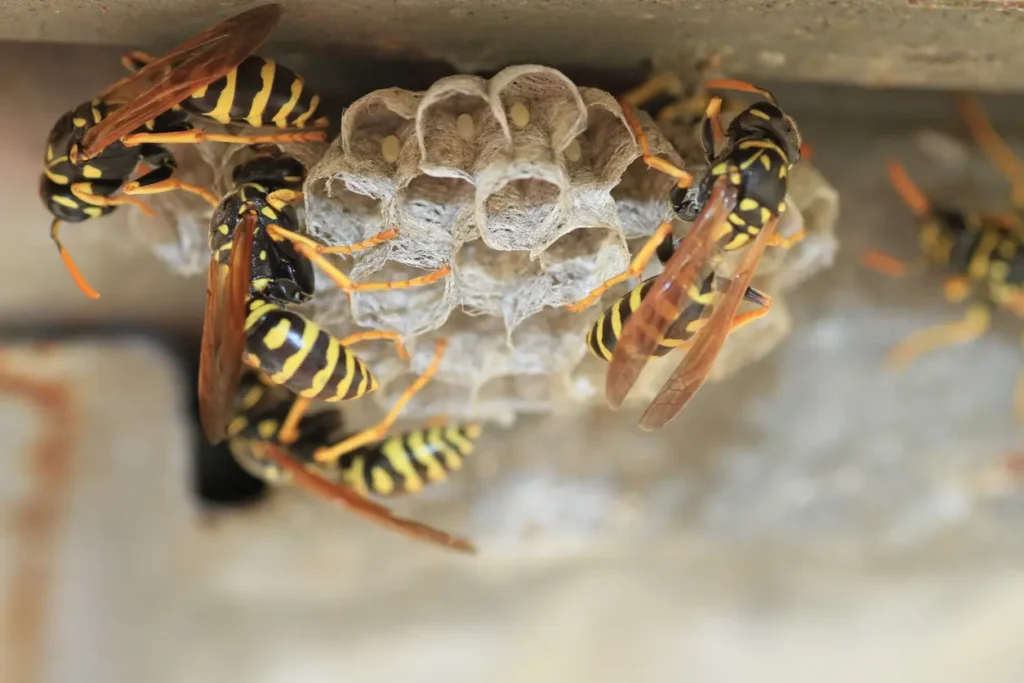
Eco-Friendly Solutions
Charleston’s coastal ecosystem deserves careful stewardship. We emphasize eco-conscious wasp control—precise placement, minimal product use, and smart prevention—without compromising results.
Natural Repellents
Botanical-based products can help discourage scouting and nest anchoring in sensitive areas. They’re best used as supplements to proper removal and exclusion rather than stand-alone fixes.
Exclusion
We seal utility and cable penetrations, screen attic and gable vents with pest-rated mesh, and close small soffit gaps while preserving airflow—critical for historic and raised Charleston homes.
Habitat Modification
Reduce attractants: relocate sugary recycling and trash away from doors, clean outdoor kitchens after events, and thin vegetation so wind and sun disrupt sheltered pockets. Adjusting porch lighting (warmer spectrum, lower intensity) can also limit nighttime insect draw.
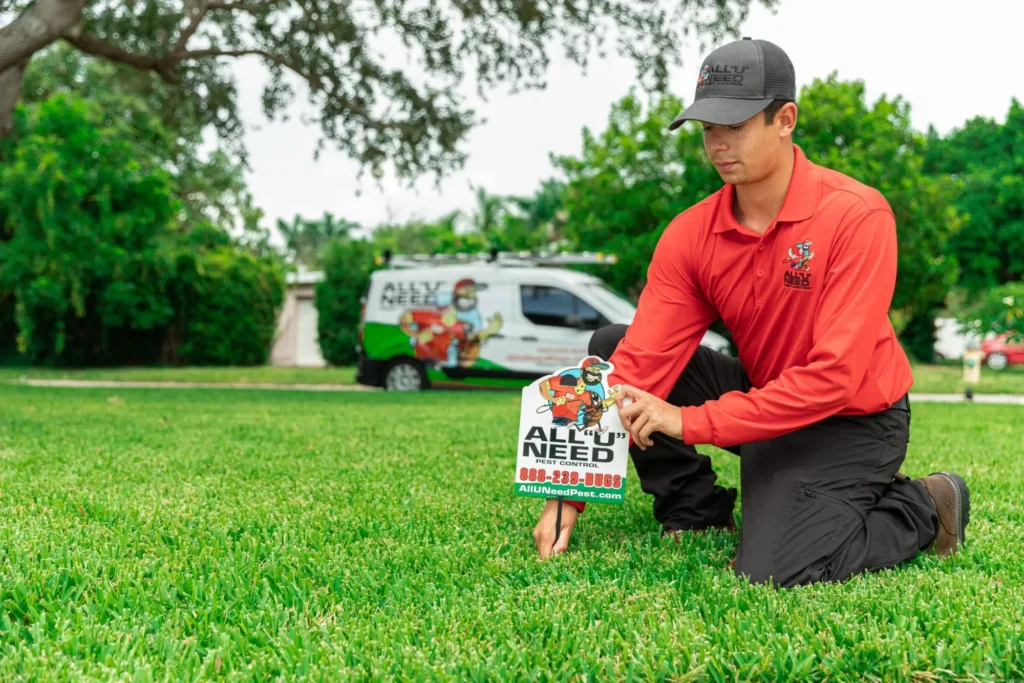
How To Prevent Wasps in Charleston, SC
A few consistent habits go a long way—especially as spring builds into summer.
Reduce Outdoor Clutter
Limit stacked materials, forgotten planters, and storage piles that create sheltered nesting pockets. Keep play sets and sheds visible from seating areas; wasps avoid well-trafficked, well-lit spaces.
Trim Vegetation
Prune hedges off the structure and thin shrub interiors to improve airflow. Lift tree canopies where possible to expose would-be nest sites to breeze and light—especially along porch lines and pergolas.
Get Rid of Food Waste
Rinse bottles and cans, clean grills after each cookout, and avoid leaving fruit scraps or sweet drinks outdoors. During oyster roasts and backyard gatherings, assign a “last-pass” cleanup to remove attractants before nightfall.
Seal Trash Cans
Use tight-lidded containers and clean them regularly. Position bins away from doors and outdoor dining areas, and rinse sticky residues on lids and rims.
Cover Holes in Your Lawn
Some yellowjackets adopt ground voids and old rodent burrows. If you discover holes with steady in-and-out traffic, call us before you fill them—neutralization should precede any repair.
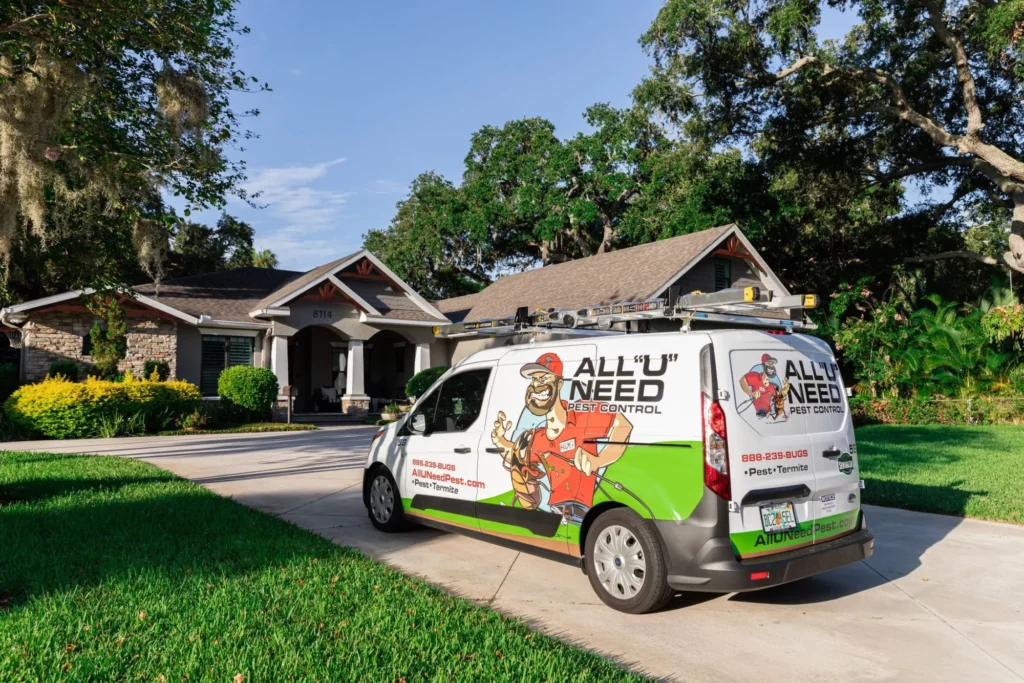
Why Choose All U Need Pest Control for Wasp Control in Charleston, SC?
Wasp control is about more than knocking down a nest—it’s about making your property a poor target in a city where warmth and greenery encourage fast rebuilding. With deep experience in coastal pest behavior and Charleston’s architecture, All U Need Pest Control delivers solutions that fit your home, from soffit screening to safe nest removal and IPM-driven prevention. You’ll receive transparent pricing, clear communication, and fast follow-through. If activity persists, we return promptly to investigate, adjust, and resolve.
We proudly serve Downtown Charleston, West Ashley, Mount Pleasant, North Charleston, Daniel Island, James Island, Johns Island, Hanahan, Goose Creek, and Summerville, plus Folly Beach, Sullivan’s Island, and Isle of Palms. Ready to reclaim your porch and yard? Call 1 (888) 239-BUGS or contact us online. We’ll inspect, remove, and protect—so you can enjoy Lowcountry life without the stings.
Location Contact:
419 N Cedar St Summerville, SC 29483
Get Directions for 419 N Cedar StSummerville, SC 29483 on Google Maps843-489-8818
Call All "U" Need Pest Control